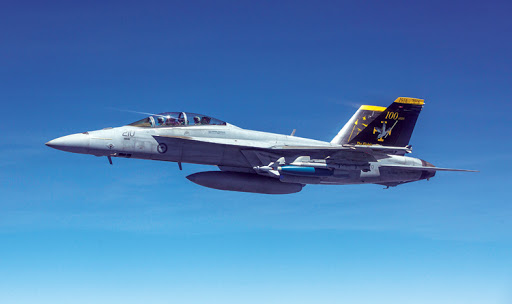
New Delhi: The MMRCA (Medium Multi-Role Combat Aircraft) tender was issued in 2007 to bridge the gap of declining fighter squadrons in the Indian Air Force (IAF) and fulfill its desired squadron strength of 42+. The MMRCA tender was for 126 fighter aircraft of medium weight category and multi-role capabilities.
A number of advanced 4th-and 4.5th-generation fighter aircraft from different manufacturers and different countries were competing in this tender. They included Mikoyan MiG-35, Boeing F/A-18 Super Hornets, Saab Gripen, Lockheed Martin F-16s IN, Dassault Rafale and the Eurofighter Typhoon.
The proposed MMRCA deal seemed impressive because under it India could have got transfer of technology (TOT) of a highly advanced aircraft, besides the offer by some companies to also set up their production lines in India, thereby creating huge employment opportunities. From the defense point of view also the MMRCA deal was impressive, though it had certain constraints that were greater than the benefits.
The main constraints before the MMRCA deal were technical aspects, geopolitics, cost factor, and the idea of indigenisation. The final evaluation was done in 2012 between the shortlisted contenders Rafale and Eurofighter. Though the Rafale won the deal estimated at around $28 billion, on 13 April 2015 Defence Minister Manohar Parrikar announced that the MMRCA tender was “effectively dead” and on 30 July 2015, India scrapped it altogether and decided to just buy 36 Rafales from France.
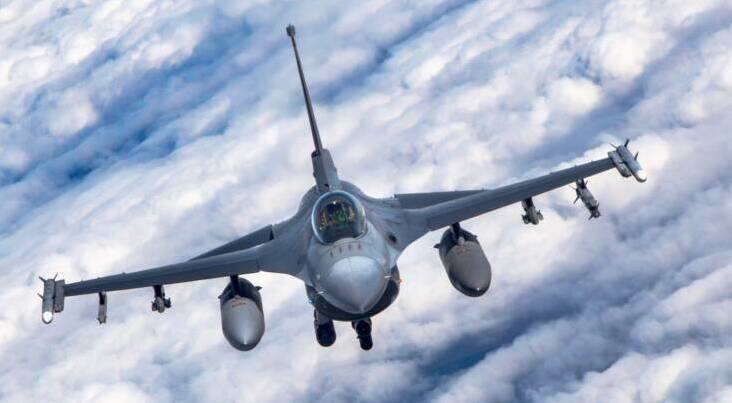
The MMRCA tender was re-issued in 2018 to procure 114 fighter jets. Again, the original plan was to induct aircraft of medium weight and multi-role capabilities, however because of the entry of new contenders like the Su-35, F-15EX and F-21, the tender was renamed as MRFA (Multi-Role Fighter Aircraft). The contenders in the latest MRFA tender are MiG-35 and Su-35 from Russia, Saab Gripen from Sweden, Dassault Rafale from France, F-21, F-15EX and F/A-18 from the US and the Eurofighter Typhoon from the UK. The new tender remains inconclusive till date and practically too the deal doesn’t make any sense even after almost a decade, again on the issues of self-reliance, cost, technical aspects, timeline, geopolitics, and the current trend of build-up of fighter squadrons in IAF.
Fruits of Self-Reliance
The idea of Atmanirbhar Bharat pushed India to develop a whole new fighter aircraft like the Tejas MK-1A on its own, despite international pressure to shut the program and resistance of countries to provide support for the project. But as every cloud has a silver lining, those factors led India to develop the Tejas with extremely high indigenous content.
Along with the Tejas, a number of crucial platforms like the Astra and Rudram missiles, powerful Uttam AESA Radars, indigenous jammers and instruments like Radar Warning Receiver, Programmable Signal Processor and Glass Cockpit for Su-30 MKI have also been developed. As most of the platforms essential for creating a fighter aircraft were tested and proven, developing an indigenous fighter was not very difficult. This could not have been possible even a decade ago.
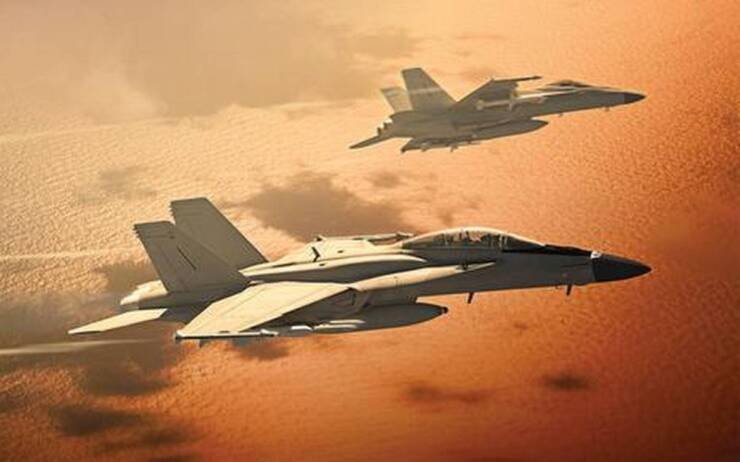
The upcoming indigenous aircraft like Tejas MK-2 and the AMCA (HAL’s Advanced Medium Combat Aircraft) are being designed with capabilities similar or even more advanced than the contenders in the MRFA deal. This is because almost all the aircraft of the MRFA, whether it is the F-15EX or the Dassault Rafale, were developed in the 1980s or 1990s and have designs of that era. The Tejas MK-2 on the other hand is being developed post 21st century, hence incorporating many advanced futuristic capabilities like the Optimally Manned Cockpit, deadly weapons package, minimum RCS (radar cross section) and much more.
These features give India an edge over all the aircraft competing in the deal. In fact the Tejas MK-2 is pitched as a multi-role and medium weight fighter as required by the IAF for the MMRCA tender and the comparison between the Tejas MK-2 and the winner of MMRCA 1.0, the Dassault Rafale, shows that the Indian fighter is expected to have better specifications than the Rafale in many aspects. Further, the Tejas MK-2 will also serve as a test bed for some technologies of the AMCA (a 5th generation Advanced Medium Combat Aircraft), making it an advanced 4.5+ generation aircraft with some 5th generation capabilities.
The Cost Factor
The MMRCA deal was expected to cost a whopping $25-30 billion, and given India’s economic recession owing to the Covid pandemic, the real cost could be way above this. One can imagine the enormity of the deal by comparing it with the cost of the Super Sukhoi upgrade in which the entire fleet of 272 Sukhoi-30 MKI was planned to be upgraded within $3-12 billion. What’s more, after the upgrade the Super Sukhois would be much superior to their heavyweight counterparts like the F-15EX and Su-35 in the MRFA tender.
The MMRCA cost will increase further because western armament and weaponry is very expensive and hence not sustainable for regular training purposes. Whereas, if India were to develop separate weaponry or integrate existing indigenous weaponry, the cost of integration or R&D of new weapons would be added further.
Technical Aspects
Although the MMRCA deal had the ToT (Transfer of Technology) clause, whereby India could make the imported aircraft with the help of DPSUs like HAL and DRDO, in reality however there is no such thing as “100 per cent ToT”. Past experiences have shown that original manufacturers invariably resist transferring critical technology even when the purchaser puts in a huge expenditure, as in the case of the Su-57 where India invested huge sums of money but Russia was hesitating for a fair overall ToT percentage and to some extent this fact also goes for the Su-30 MKI.
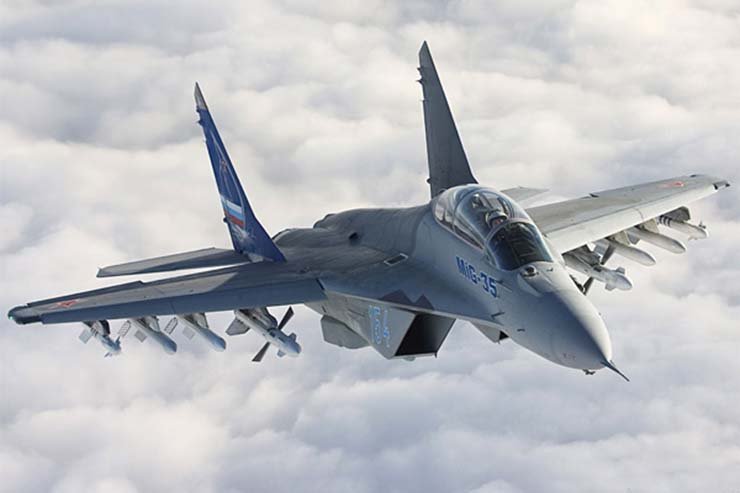
Of course, from the aircraft manufacturer’s point of view the resistance to ToT seems justified because a full ToT can make the buyer almost self-reliant for that technology, and in the process impact the business interests of the original supplier. Further, it’s also possible that the supplier may not trust the manufacturer of the purchasing country. In fact, during the initial years of the MMRCA deal, when Dassault Rafale was selected it refused to take responsibility for the 108 HAL-manufactured Rafales as it had doubts about the capability of the Indian DPSU. The number of 114 jets in itself is not small and buying equipment in bulk is not usually considered to have a positive impact, as observed in the case of the Su-30 MKI – where after the last unit of a huge order was delivered, the original manufacturer came up with an advanced version, the Su-35 in this case.
The technical aspects of each aircraft have their own issues because heavyweight aircraft like Su-35 and F-15EX are eliminated simply because the Su-30 MKI is currently serving in the heavyweight category for IAF. Indeed, in many aspects the Su-30 MKI is superior to both the aircraft, especially in weaponry, avionics and maneuverability, and it would be succeeded by the Super Sukhoi upgrade in the future. Further, other contenders like the MiG-35 from Russia also have almost no chance of being shortlisted because the MiG-29 UPG (upgraded) that are currently serving the IAF have similar capabilities, and the availability and maintainability of the MiG-35s are still under question.
Among the European contenders, the Dassault Rafale has already been shortlisted earlier, hence ruling out other contenders like the Saab Gripen and the Eurofighter Typhoon, both of which were among the best in their roles but had ownership issues as most European fighter aircraft are developed by more than one nation, hence escalation in cost. The American contenders like the F-15EX, F/A-18 and F-21, also don’t stand much chance owing to several aspects, from specifications, to US sanction policy, to lack of integration capabilities and problems in coordination with Russian instruments used extensively by India.
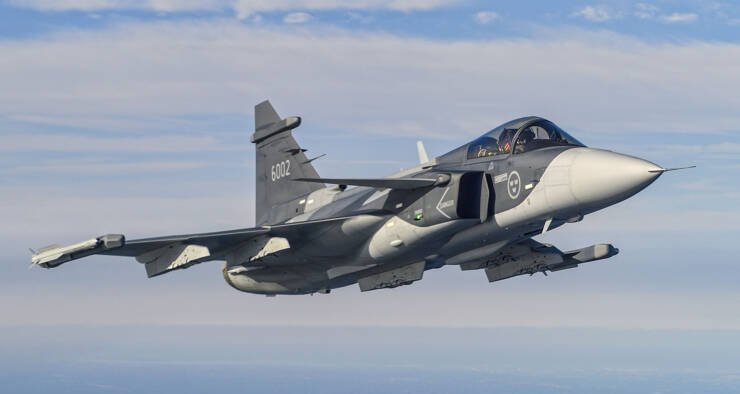
Acquisition Timeline
It is true that the MMRCA 1.0 made sense because at that time India’s main focus was on importing aircraft whether it was the Su-30s or the Mirages and when India itself developed initial versions of the Tejas MK-1, they were criticised in several quarters for being underpowered. The criticism eased somewhat when the Tejas MK-1A arrived. Now, at the beginning of the 3rd decade of the 21st century, India has launched multiple fighter aircraft programs like Tejas-MK2, TEDBF, and AMCA and is only a few years away from these becoming a reality.
Even if the MRFA deal is pushed through at the quickest pace, the final delivery of aircraft would be received only by 2030-2035. This timeframe is also the most crucial for Indian aviation to bloom as almost every indigenous fighter aircraft planned is expected to roll out and go into mass production between 2025 and 2030. Further, the MRFA deal is bound to adversely impact the indigenous fighter programs as their requirements could get diverted to the foreign contenders; besides, the deal could also impact private players who are enthusiastically supporting the indigenous projects to ensure timely manufacturing and delivery.
What’s The Way Forward?
Now, the best solution for the MRFA tender would be to scrap it completely and march ahead with the idea of being self-reliant and exporter of defense equipment rather than its importer. With its current approach, India can overcome the issue of depleting fighter squadrons of the IAF. As mentioned earlier, the MRFA tender was aimed at bringing the IAF closer to its desired fighter squadron strength of 42, with each squadron consisting of 18-20 aircraft. At present the IAF has only 32+ fighter squadrons.
The current policy of aircraft procurement followed by the new leadership at the Centre has demolished the decade-old idea of the MMRCA tender. In a span of just 6+ years (2014-2021), India has either inducted or signed significant deals like the 83 Tejas MK-1A, 40 Tejas MK-1, 36 Rafales, 12 Su-30 MKIs, 21 MiG-29 UPGs. When we add up all these we find that already almost 200 aircraft are under the procurement process in the shadow of the MMRCA. Also, all these are quality and trusted aircraft – because squadron strengths can also be made up by inducting “copies”, as done by China and Pakistan with the J-16s and JF-17. But during conflicts, these aircraft usually play a recessive role.
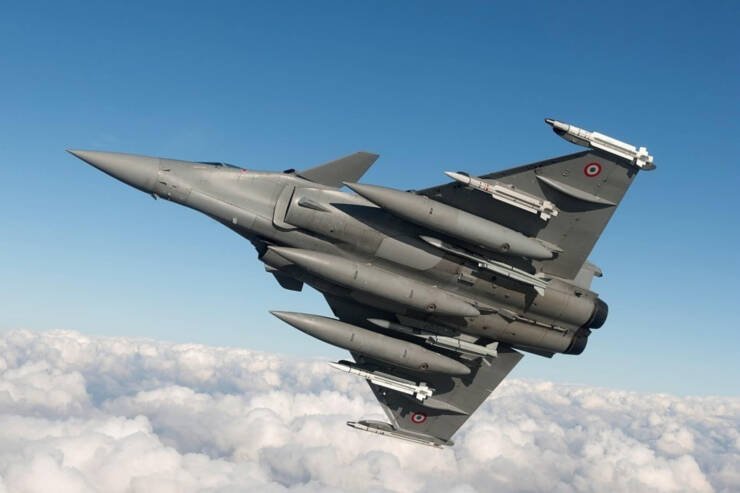
Moreover, the main aircraft that need to be replaced in the IAF immediately are primarily the MiG-21 Bisons that serve in almost 6 squadrons. Hence the 123 Tejas MK-1 and Tejas MK-1A combined can fill the gap of the Mig-21s. The MiG-29s, Mirage-2000s and Jaguars can serve a bit longer because of extensive upgrade programs being run on those aircraft.
This means that the future inductions would only bolster the squadron numbers for the IAF along with another expected order of 36 Dassault Rafale F-4s. That would bring the Rafales total to 72 and here India will not be repeating the same mistake as in the case of the Mirage-2000 deal, where first the Mirages were bought in a limited number and then were used extensively for multiple roles.
On top of all this, indigenous aircraft are also expected to be ordered on a large scale, like 200 units of Tejas MK-2 in future and around 100+ expected units of the AMCA. The trust that India has placed in indigenous weapons can be gauged from the fact that even in the western world it is quite rare to find orders of fighter aircraft placed in such large numbers.
-The writer has keen interest in defence platforms and enjoys doing technical analysis and detailed comparison of defence equipment.








